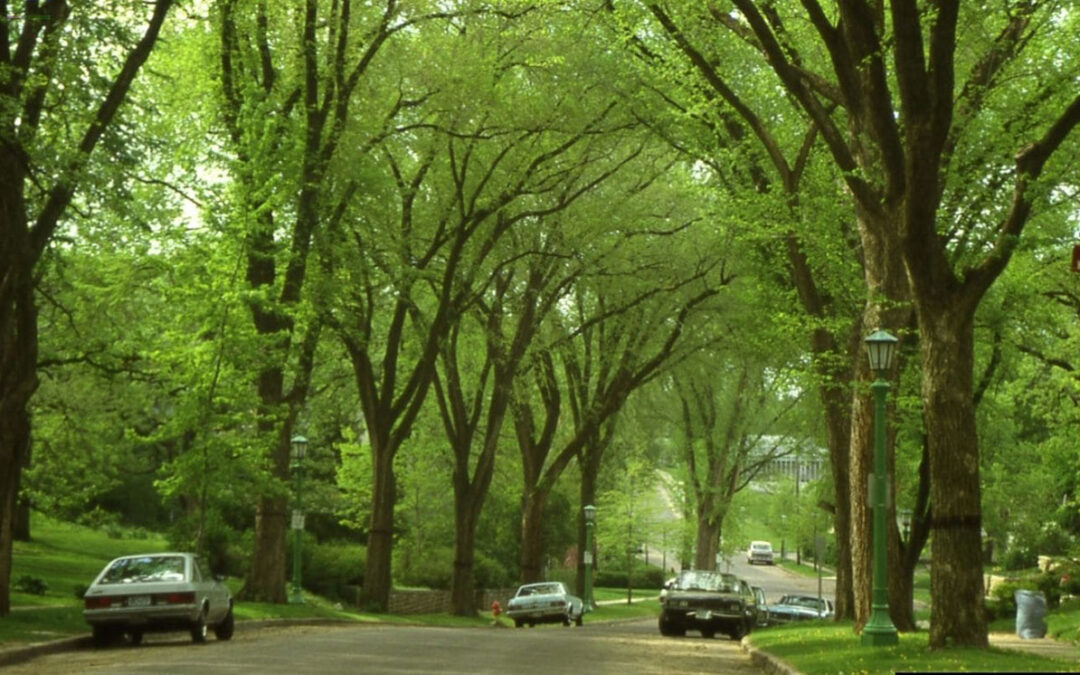American Elms are native to North America. Back in the 1800s horticulturists and city planners across the U.S. planted them in parks and the public right-of-ways, so their modern range is the whole country. These magnificent trees grow 60 to 80 feet tall, with a 40 to 50 feet wide vase shape crown. Their branches interlace over streets, creating vast urban leave tunnels. Years ago, their life expectancy was about 400 years.
In 1910, this all changed when the Elm Bark Beetle, Scolytus multistriatus, arrived in North America. The beetle tunnels through the bark around the bases of branches, but it was not considered a serious problem until it became a vector for the fungus Ceratocystis ulmi in 1930. This symbiotic relationship greatly enhanced the spread of the Dutch Elm Disease. Once infected, the fungus kills trees within 2 to 3 years unless treated. Within a decade, most Elms in the Eastern U.S. died. Only states with cold or dry climates kept their American Elms.
In Denver, about a hundred years ago, the City and homeowners planted approximately 100,000 American Elms, making them and the Silver Maple the most favored and numerous shade trees. The disease first appeared in Colorado in 1948, then died out. However, it reappeared in 1968 and killed most American elms in the City, but not all of them. Older neighborhoods such as Washington Park, City Park, Country Club, Montclair, Montview, Park Hill, Bonnie Brae, and University Park have large 100-year-old specimens. Unfortunately, the Denver City Forester found and confirmed Dutch elm disease this July along 17th Avenue. The disease has been absent for decades.
Homeowners who think their American Elms have Dutch Elm Disease should contact their City Forester. Click here to go to the Denver Forester Department’s website.
Dutch Elm Disease Symptoms
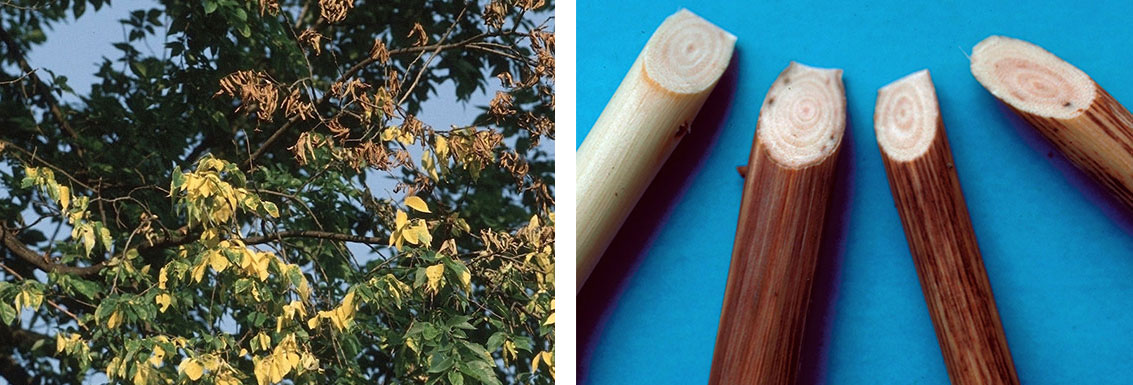
Elm tree leaves show signs of wilting and turn yellow and brown. Cut a wilted branch and peel back the bark to look for brown or purplish discoloration or streaks running the twig’s length. If found, the tree is affected by the disease. This vascular wilt disease causes a rapid decline in as few as six weeks after infection.
What Needs to Be Done to Save American Elms
Elm trees tolerate extreme growing conditions and thrive where most other trees fail. That is why they were so widely planted a hundred or more years ago. The trees left in Denver are wonderful shade trees and can be saved if homeowners act quickly if they see wilting or the leaves turning yellow in the summer.
- Stop Planting American Elms
No more American Elms should be planted. However, most nurseries offer Elm hybrids such as Patriot, Valley Forge, Princeton, and Jefferson. All these trees have good disease resistance. Homeowners should know that Elms need extra care in Denver. Wet springs expose Elms to infestations from four species of Elm Leaf Beetles. Japanese Beetles attack some Elms. Click here for more information about Elm pests in Denver.
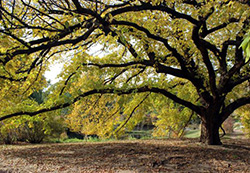
- Stop Movements in Elm Wood
Let’s hope city foresters educate the public about stopping all movement of elm logs, firewood, or any form with bark.
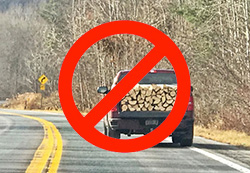
- Cut Down Sick Elms
Usually, Elms diagnosed with Dutch elm disease are removed, slowing the fungus’s spread.
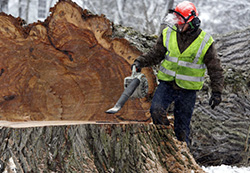
- Aggressive Pruning
If the condition is spotted early enough, aggressive pruning may save high-value trees by cutting out affected branches ten feet beyond visible streaking under the bark.
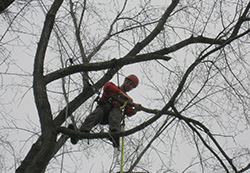
- Preventive Treatments
Homeowners with trees without symptoms or minimal symptoms can hire a tree service company like Ross Tree to inject fungicides as a preventive action. The products usually last 2-3 years.
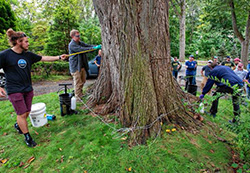
- Remove Siberian Elms
These Elms resist Dutch Elm Disease fungus but harbor bark beetle populations. Each spring, a new generation of beetles emerge carrying large numbers of spores of the disease fungus. Many property owners consider Siberians trash trees because of their susceptibility to winter injury, and leaf sketalization by Japanese Beetles might consider tree removal to save their American Elms.
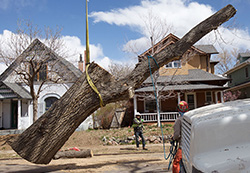
Have you got a valuable American Elm yard tree? It is time to act now to save it. Click here to request tree service or call 303-871-9121 for an appointment. We are at your service.

